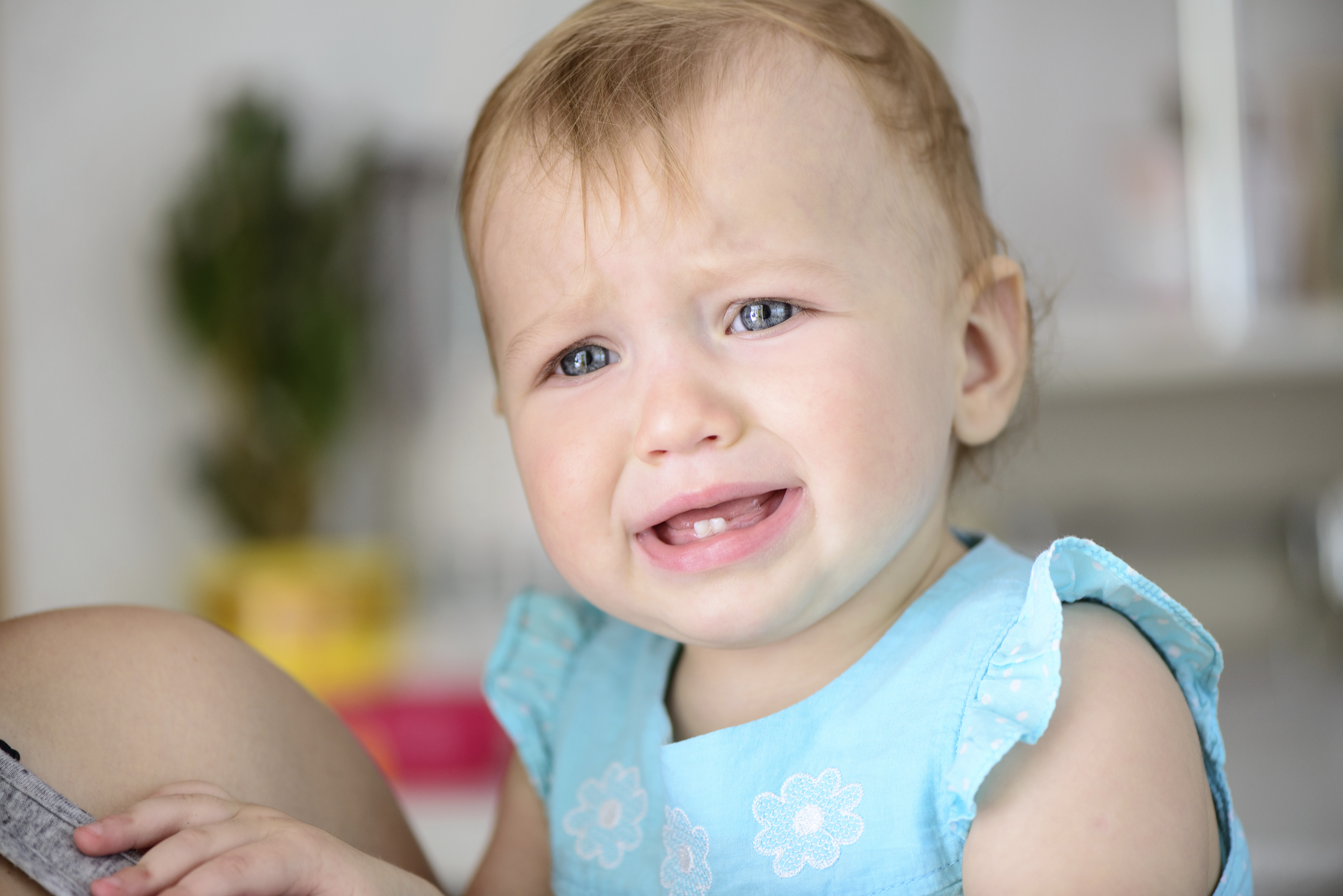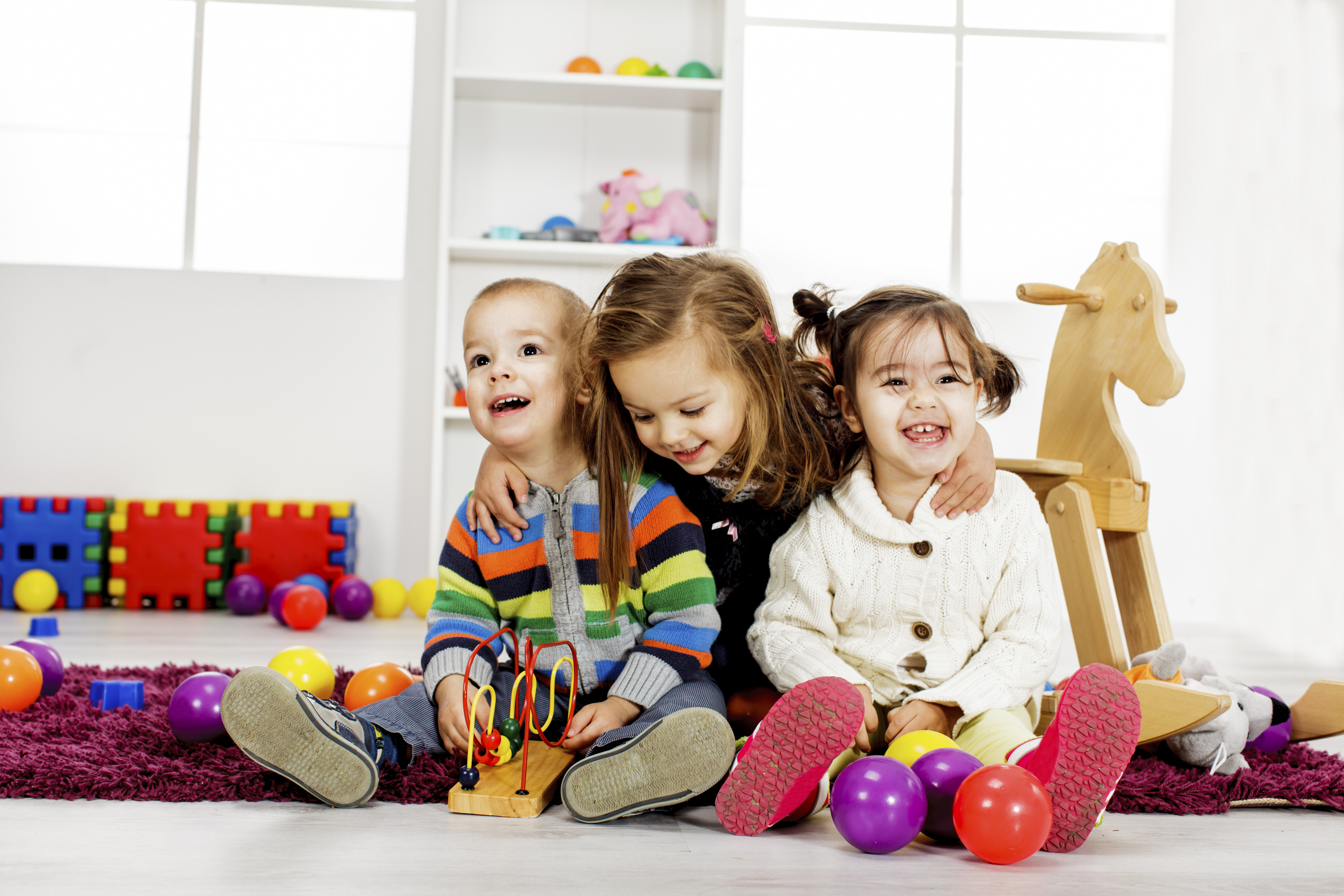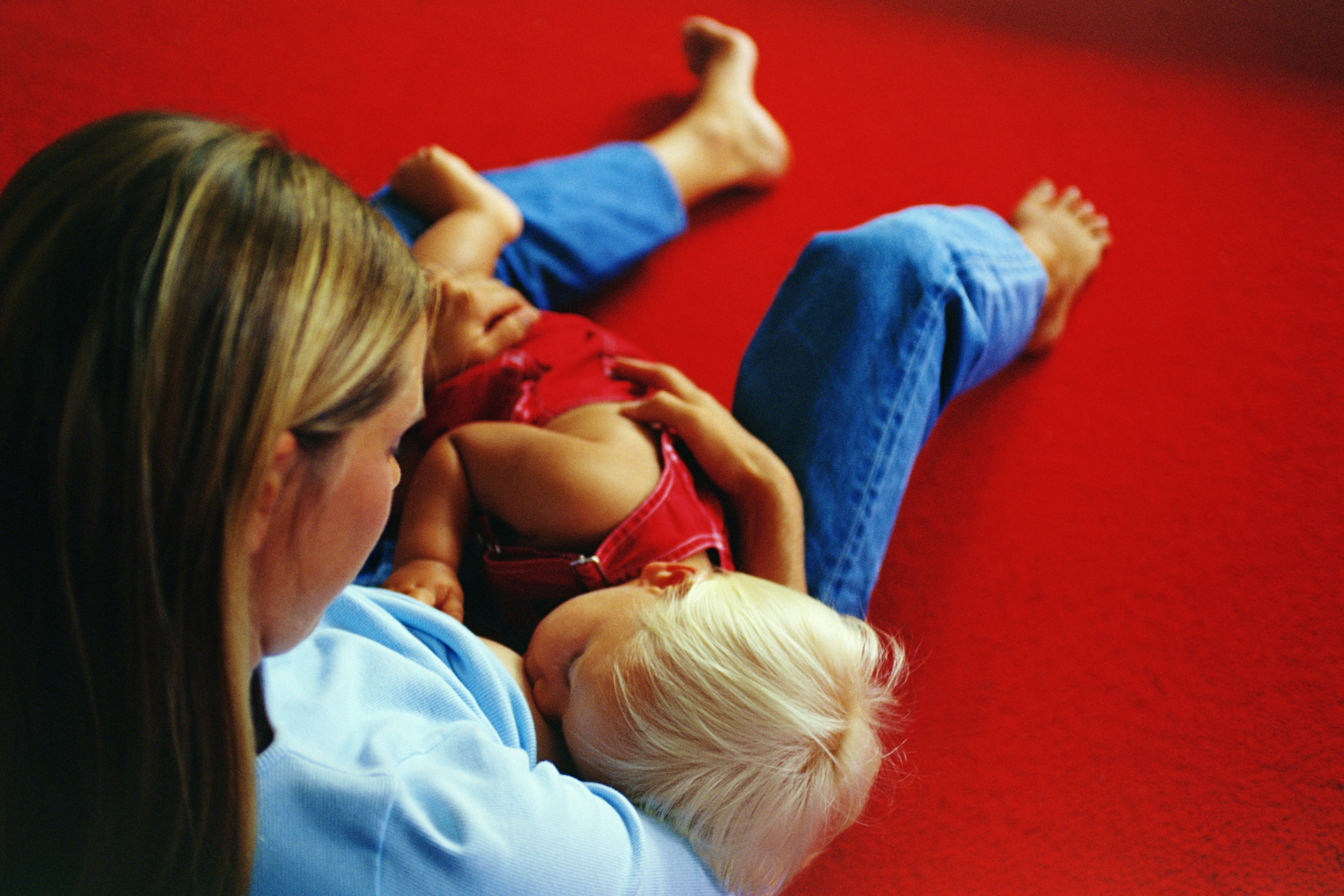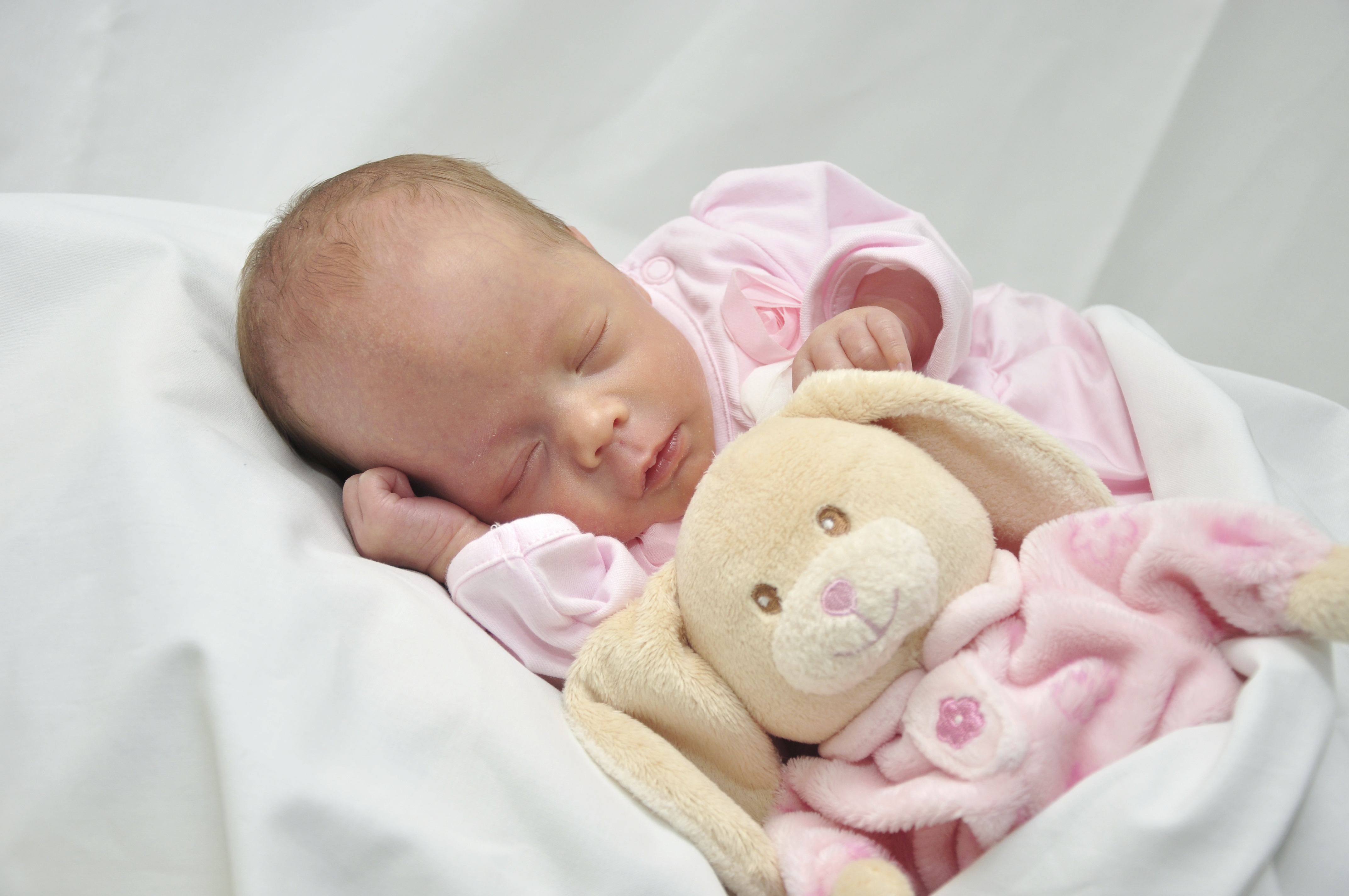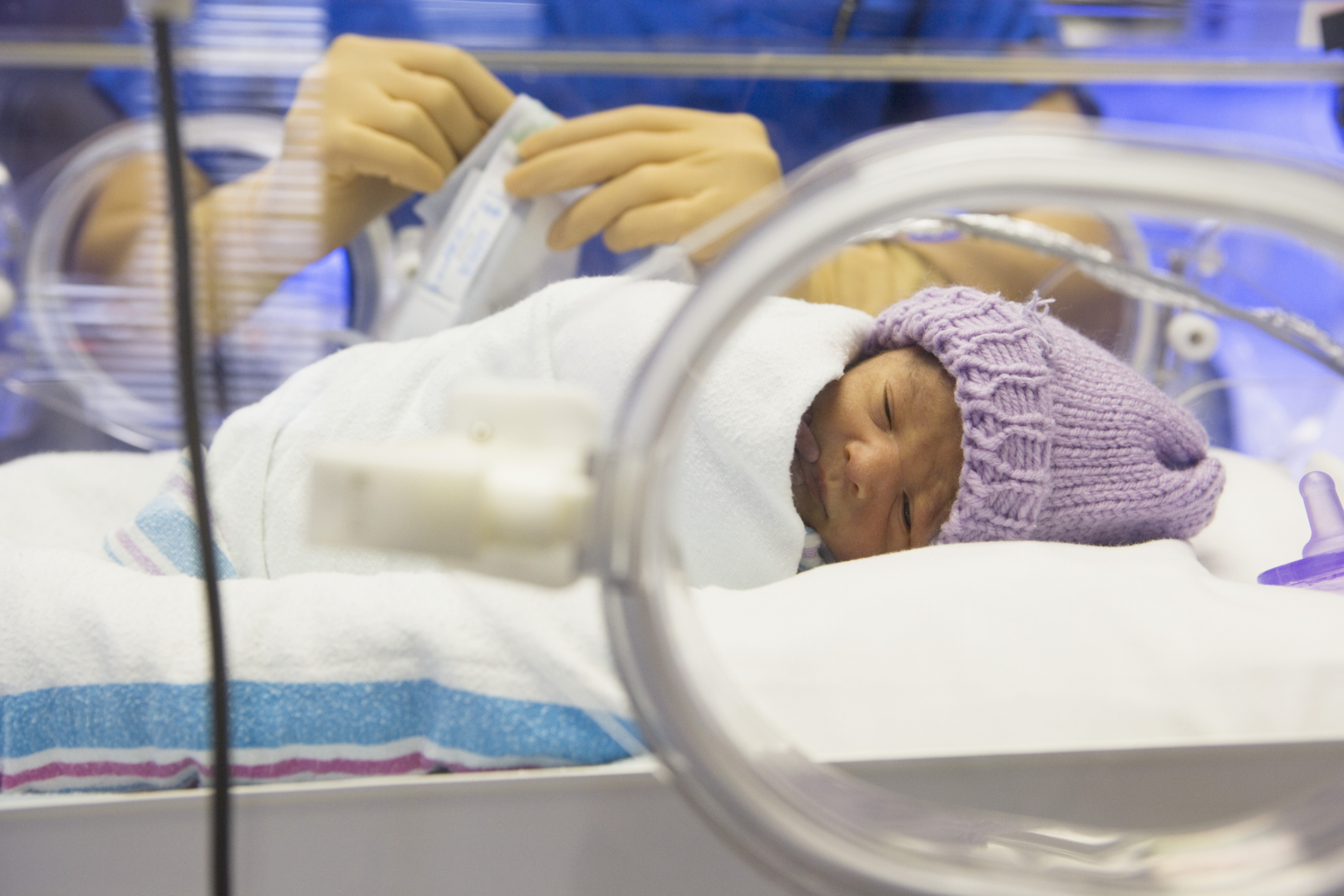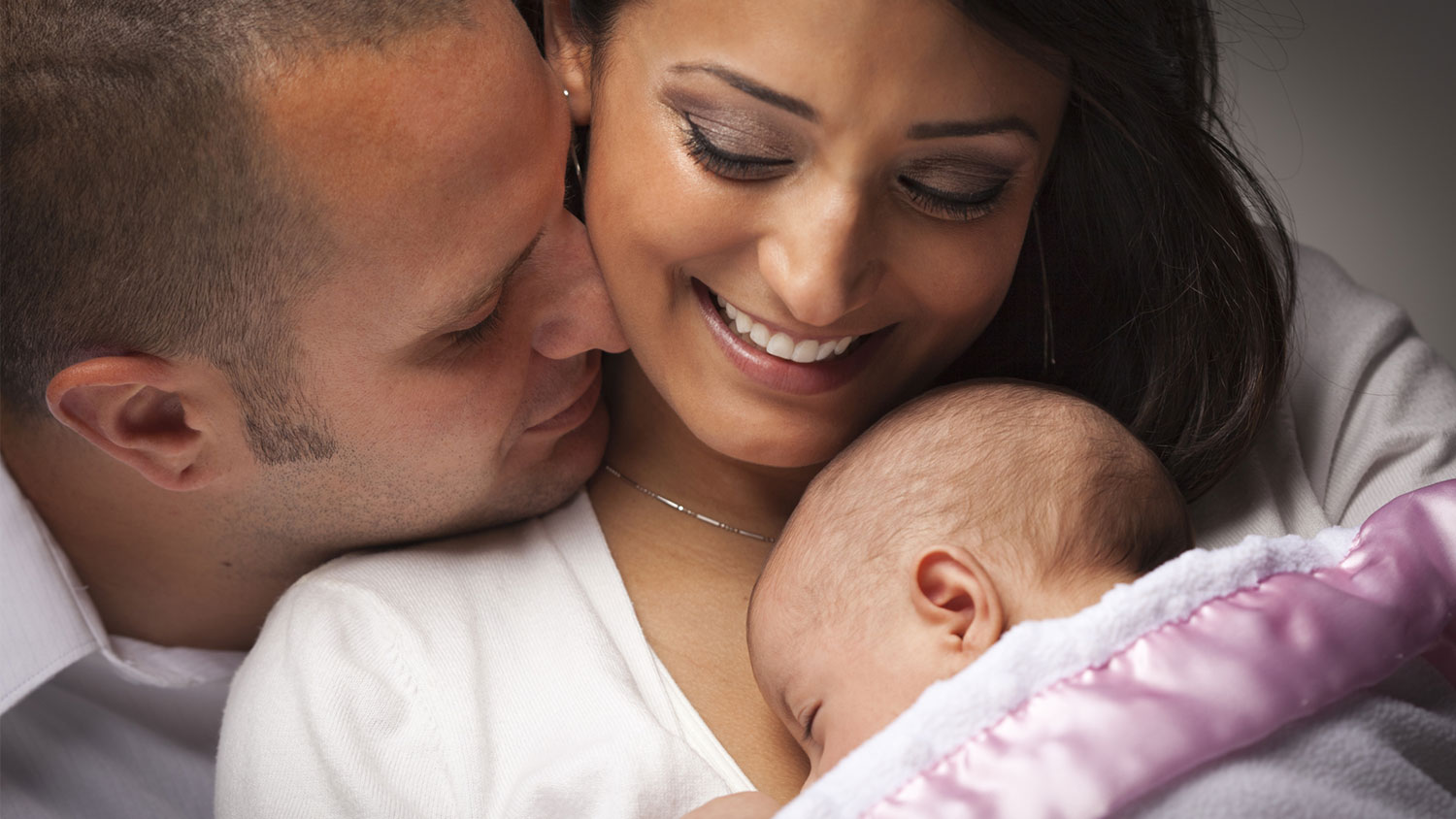The first cry that a baby makes is a celebration, an indication that they are alive and well. It announces, “Hey everyone, I’m here, I’m healthy, everything is ok – so you can all relax now.” Moms and dads breathe a sigh of relief and the amazing process of parenting begins. However, the positive association and significance of that precious first cry is completely negated after the first week of sleepless nights.
As far as the magic and mystery of a baby’s cry goes, it’s downhill from that first moment of birth. Almost immediately, parents start to associate crying with distress. Every time a baby cries, the natural inclination is to immediately ask what is wrong. Instead of seeing it as an extremely clever way of communicating, we think it is an alarm bell. Instead of appreciating it as a being a very positive sound validating health and positivity, a baby’s cry suddenly becomes a question mark. Parents ask, “Why is my baby crying – what’s wrong with them?
The truth of course is that crying is simply a baby’s way of communicating. It starts as a loud and piercing shout, but definitely gets more subtle and nuanced as the baby starts that magic act of bonding with parents. It would be great it babies were born with the ability to speak – or at least use some kind of sign language. Imagine how easy (and quiet) it would be if showing one finger meant “Feed me,” two indicated “Change me,” and three declared “I’m sleepy.” Fortunately, nature decided that other developmental processes were a bit more important, so gave every baby a good set of lungs as a simple way of getting your attention. Newborns do develop their own unique style of crying and a mom can recognize the sound of her own baby’s cry a mile away. The sounds soon become combined with physical gestures and in a few months, language begins to form. Crying takes on another whole dimension then, which is a topic for another time.
We mentioned in another article, that a newborn baby has a lot to think about and a few things to share with her mom. Their entry into the world takes a bit of getting used to. They want to eat of course but more importantly, they sometimes just want some reassurance and a cuddle. They want to be close to their mama to feel safe and secure. Since that is pretty much what they experienced nonstop during their 9-month journey to life, this new phase can be a bit overwhelming. The transition from a warm, cozy womb in constant movement filled with muted white noise to a world of bright lights, extremely loud unfamiliar sounds and sensory excess is overwhelming! It’s not surprising that babies want to explain with a cry how they are feeling in response to the changes they are experiencing.
There are many articles listing all the many reasons that babies cry. In one article, a mom lists 50 things that she claims cause her baby to burst into tears – basically everything and anything. However, everyone knows that in order to respond to a baby’s crying, there are only four things you have to get good at doing. Feeding, changing, cuddling and protecting. That is it really it. Babies do not have an ulterior motive when they cry – they are not trying to deliberately annoy you or be manipulative and sneaky– although it may be possible that crying stimulates milk production – clever little babies!
It could be said that babies are also excellent sensory detectors. They can sense fear, confidence, happiness and new emotions that they are learning every day. They know how to press buttons. It is called survival. We have all experienced this connection between a child’s crying behavior and a mom’s mood. Here is a perfect example. The other day I was on a bus. One mom got on, showed the driver her bus pass, sat down in the front row, lifted her baby out of the buggy, and calmly gave him a big hug. Her baby sat quietly by the window playing with the back of the seat, waving at everyone and smiling. No stress. Another mother got on, struggled with coins to buy a ticket and sat down in the same area. Dropping her hat and struggling to reach it, she sat down and clutching her mobile phone continued her conversation, leaving her baby in the stroller. You can imagine what happened next. This is no judgement of mothering styles, but just how babies notice their environment and respond.
Babies cry. It’s what they do to communicate what is on their minds. They notice the emotions of their parents and people around them, and learn very quickly how to use crying to express their satisfaction or unhappiness and get a response. Don’t forget babies are wired for survival not subtlety. Crying is their only language.
From the moment a child enters the world, they are trying to communicate. It is up to parents to respond and build important patterns of interaction – to see crying as a way to get better at communicating with your child, a kind of learning experience. That may sound trivial, but who said learning was fun? Communication is a two way street and the more a parent listens to her baby’s cry and responds with love and patience, the better the lines of communication will be as they get older and start to use words and actions to express their feelings and needs.
How do you deal with your baby’s tears? Please leave your comments below or join the Medela Facebook Community.




 KR
KR
